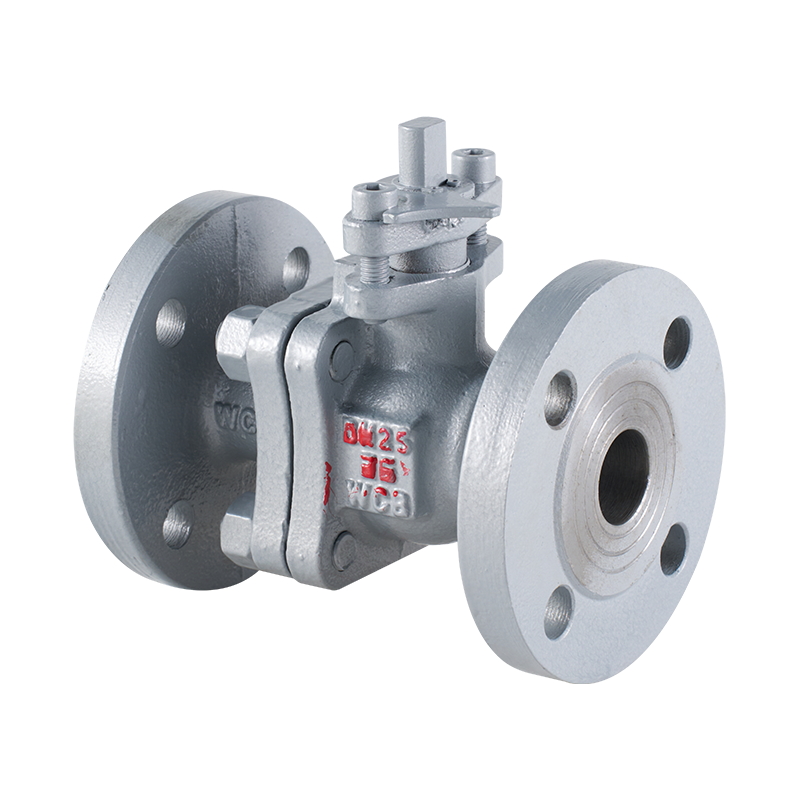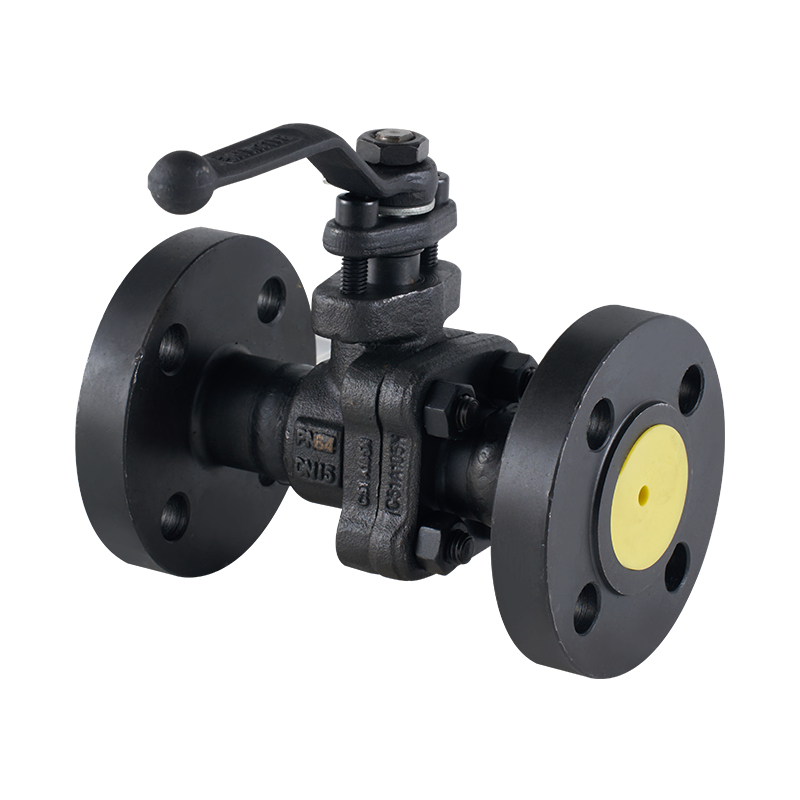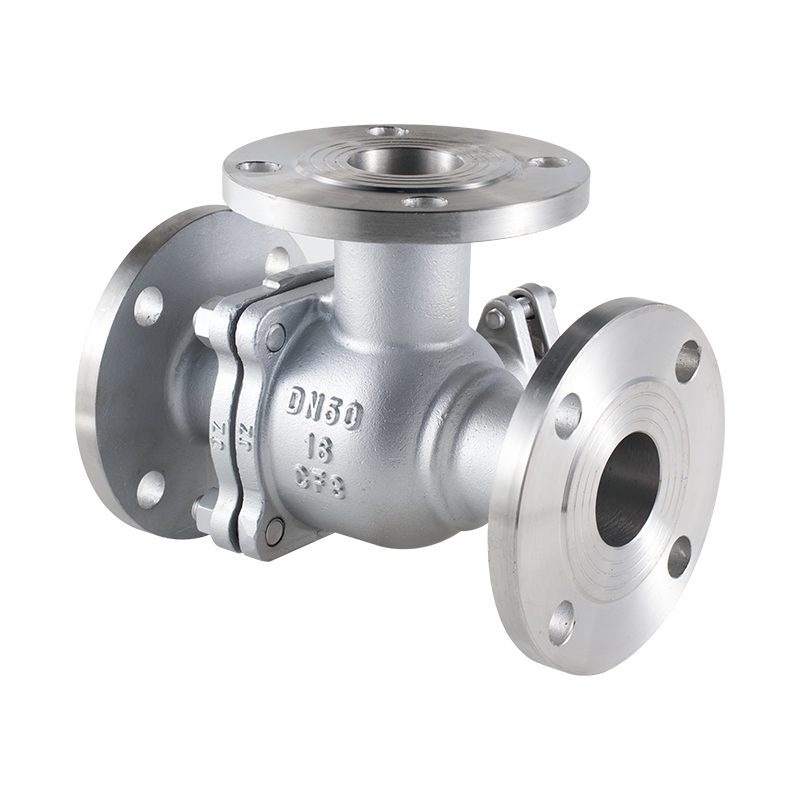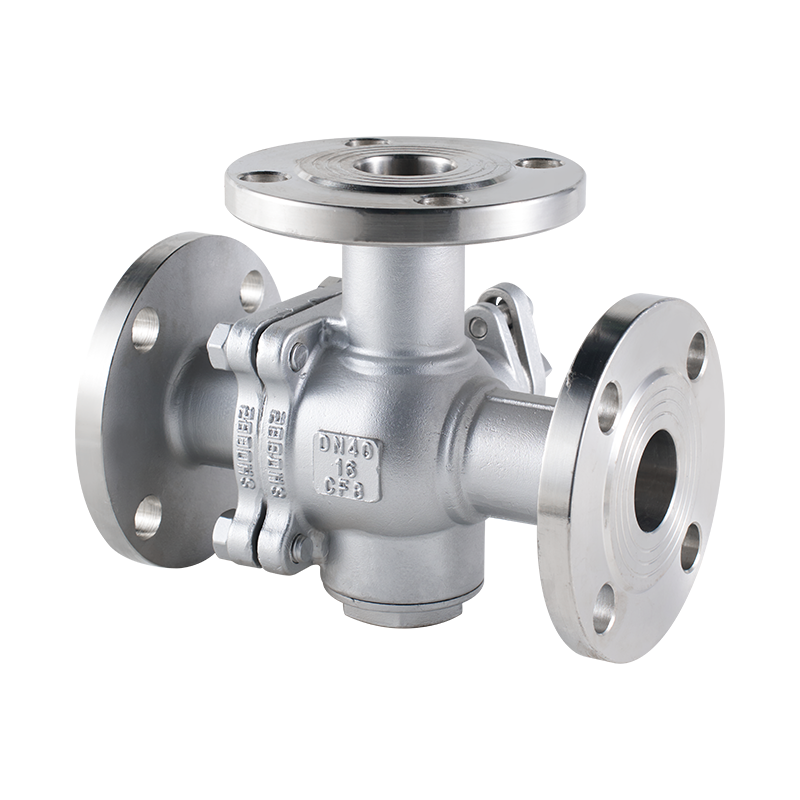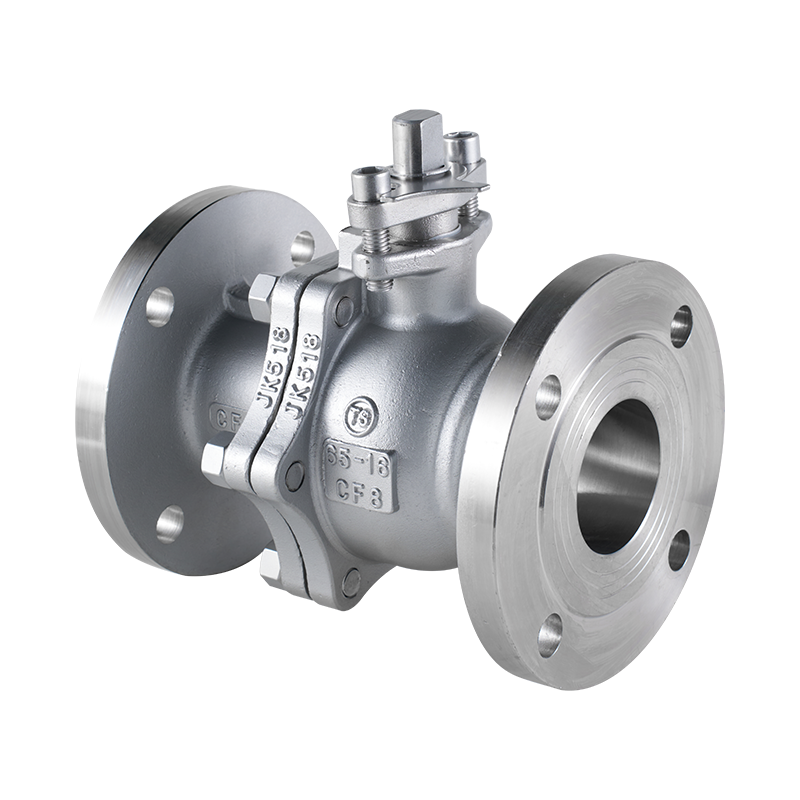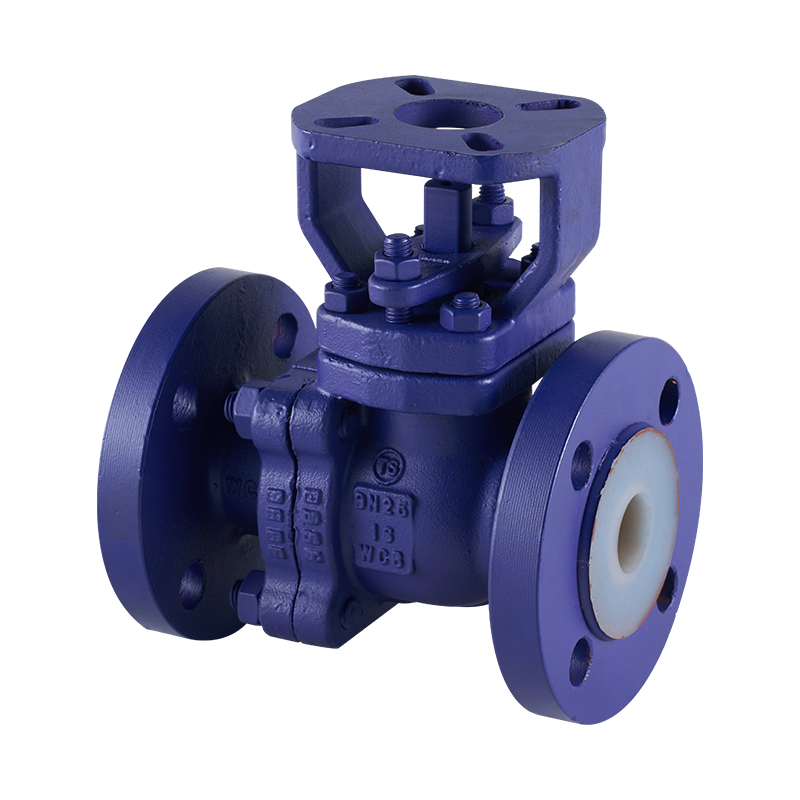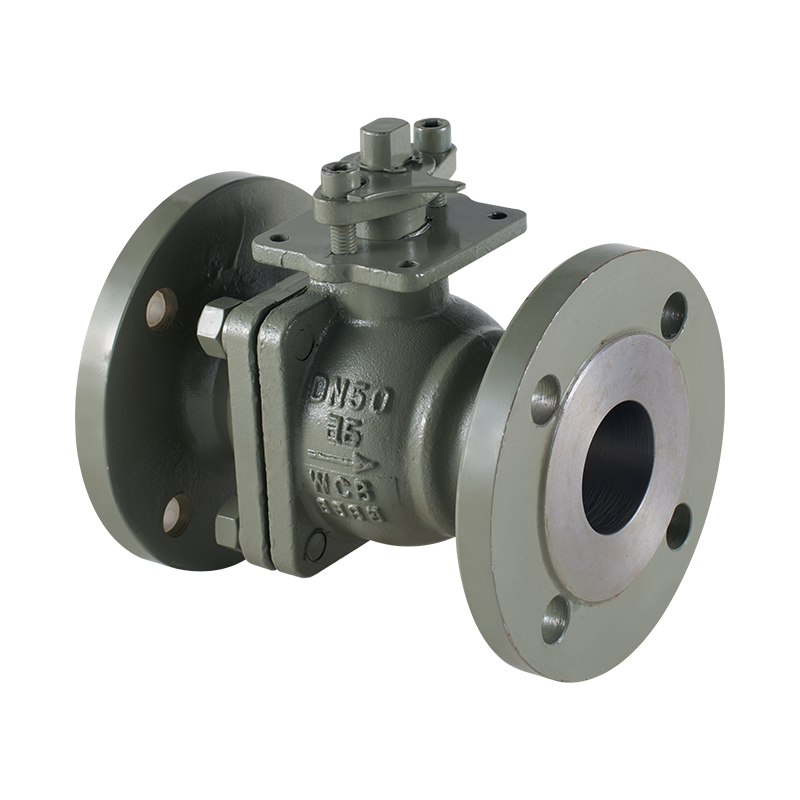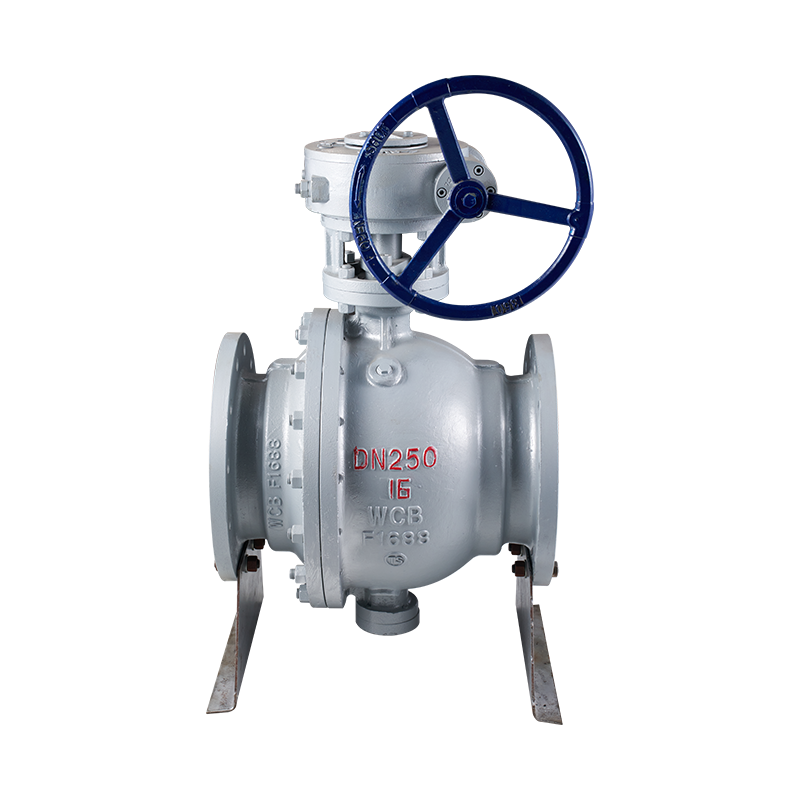The Natural Gas Stainless Steel Threaded Globe Valve is an essential component in natural gas distribution systems, playing a critical role in controlling the flow of gas while ensuring safety and efficiency. Due to the importance of these valves in maintaining system integrity, proper processing during their manufacturing is essential to ensure reliability and performance in demanding natural gas applications.

1. Material Selection for Durability and Performance
The important step in the production of the Natural Gas Stainless Steel Threaded Globe Valve is the selection of the appropriate material. Stainless steel is chosen for its exceptional resistance to corrosion, particularly in harsh environments like natural gas systems, where moisture and contaminants can accelerate wear and deterioration. Stainless steel alloys, such as 304 and 316, are commonly used for their high strength and resistance to oxidation. 316 stainless steel is often preferred for its enhanced corrosion resistance, particularly in environments where chlorides or other corrosive substances are present.
The material must also have the necessary mechanical properties, such as strength, ductility, and toughness, to withstand the internal pressures and thermal fluctuations that occur in natural gas systems. Therefore, the selection of stainless steel should not only focus on corrosion resistance but also on ensuring the material's ability to endure high-pressure conditions without compromising the valve's functionality.
2. Design Considerations for Globe Valve Components
The Natural Gas Stainless Steel Threaded Globe Valve has a unique design that includes a globe-shaped body, which is specifically engineered to provide precise flow control. The valve's design allows for efficient throttling of the gas flow, making it ideal for regulating the pressure and flow rate in natural gas pipelines. The threaded connection between the valve body and the pipe is particularly advantageous in situations where easy installation and disassembly are necessary.
When processing the Natural Gas Stainless Steel Threaded Globe Valve, careful attention must be given to the size and shape of the valve body, the stem, and the sealing components. The valve stem must be precisely machined to ensure smooth movement and prevent leaks when the valve is in operation. The sealing surfaces, which make contact with the valve seat, must be smooth and well-machined to ensure a tight seal and prevent leakage, even under high-pressure conditions.
3. Machining and Fabrication
Machining is a critical aspect of the Natural Gas Stainless Steel Threaded Globe Valve processing. Stainless steel, though durable, can be challenging to machine due to its hardness and tendency to work-harden during processing. To ensure that the components are fabricated to the standards, advanced machining techniques are required.
CNC (Computer Numerical Control) machines are often used for machining the valve body, stem, and threaded connections to the exact specifications. This ensures that all parts of the valve fit together precisely, the chances of leaks or malfunctions once the valve is installed in the pipeline. CNC technology allows for high precision and repeatability, which is essential in the production of high-quality valves that can endure the stresses of natural gas flow.
In addition to the body and stem machining, the valve seat must also be carefully crafted. The seat is where the valve disc closes to form a seal, and this contact surface must be as smooth and level as possible to ensure a tight, durable seal. Surface finish is especially important here, as imperfections could bring about leakage or premature wear of the sealing components.

 English
English 中文简体
中文简体


